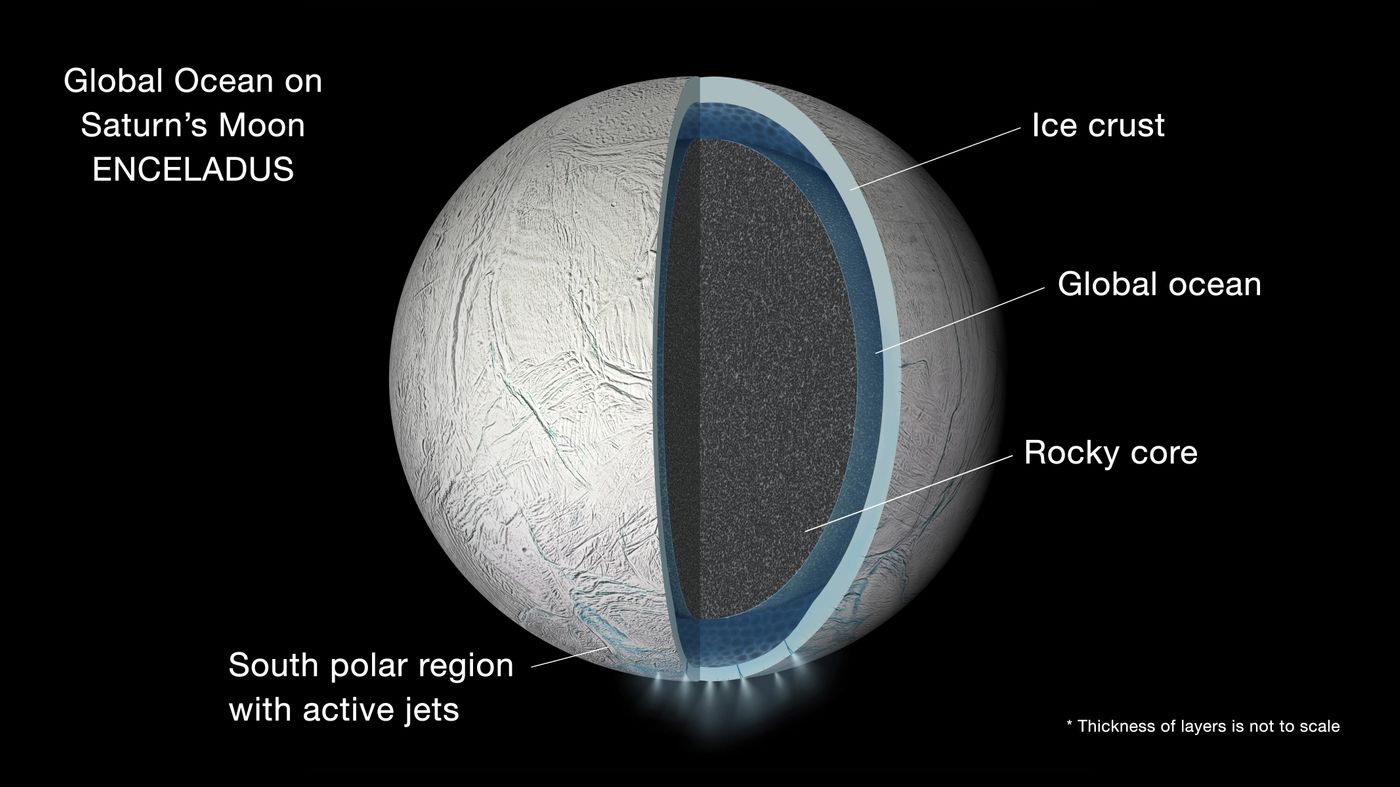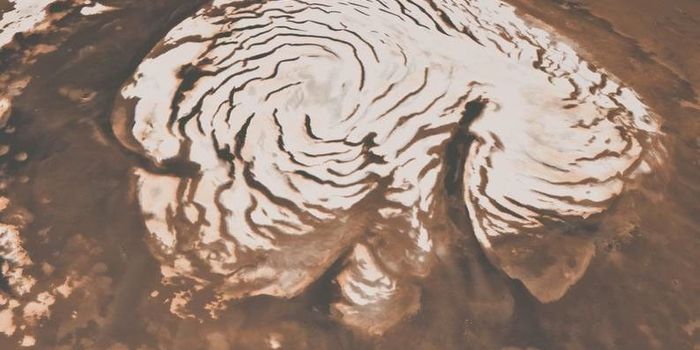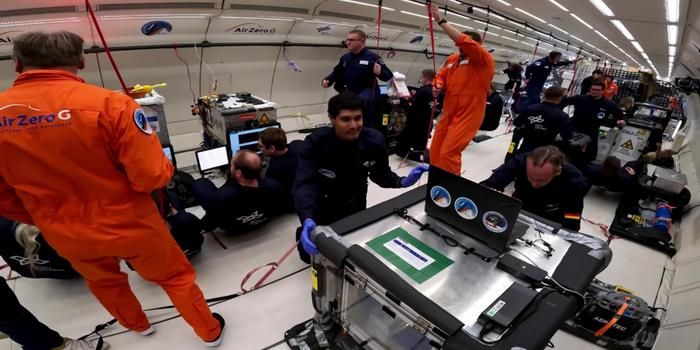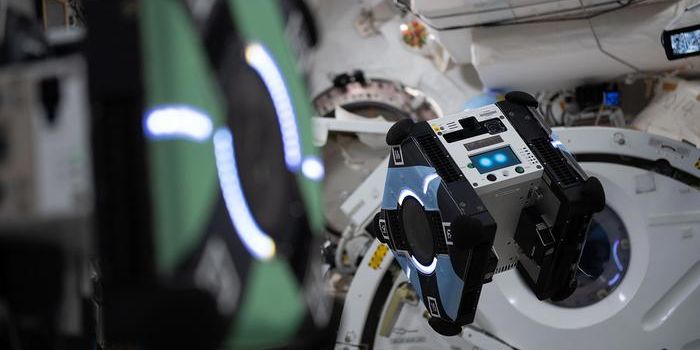Fresh Ocean Spray From Enceladus Reveals Complex Organics
Does Saturn’s moon, Enceladus, contain the ingredients for life as we know it, or even just life as we know it? This is what a recent study published in Nature Astronomy hopes to address as a team of scientists investigated material that was ejected from the south pole of Enceladus consisting of ice grains and gases. This study has the potential to help scientists better understand the composition of the material and whether it could contain the ingredients for life as we know it on Enceladus.
For the study, the researchers analyzed data obtained from NASA’s now-retired Cassini spacecraft that sampled Enceladus’ plumes during its historic mission throughout the 2000s and 2010s. The goal of the study was to conduct a chemical analysis of the ice grains that Cassini sampled based on the data the spacecraft sent back, as those samples burned up in Saturn’s atmosphere along with Cassini at the end of its mission.
What makes this study unique is the researchers analyzed ice grains that were previously unable to be analyzed due to the high velocities that Cassini was traveling when it flew through the plumes. In the end, the researchers identified compounds and molecules that could indicate the existence of hydrothermal vents at the bottom of Enceladus’ liquid water ocean. This study builds on previous studies where Cassini identified molecules within the E ring of Saturn, which is fed by the discharges from Enceladus’ south pole.
Credit: NASA/JPL-Caltech
“These molecules we found in the freshly ejected material prove that the complex organic molecules Cassini detected in Saturn’s E ring are not just a product of long exposure to space, but are readily available in Enceladus’ ocean,” said Dr. Frank Postberg, who is a professor at Freie Universität Berlin and a co-author on the study.
What new insight into Enceladus’ plumes and potential life-harboring ingredients will researchers make in the coming years and decades? Only time will tell, and this is why we science!
As always, keep doing science & keep looking up!
Sources: Nature Astronomy, NASA JPL









